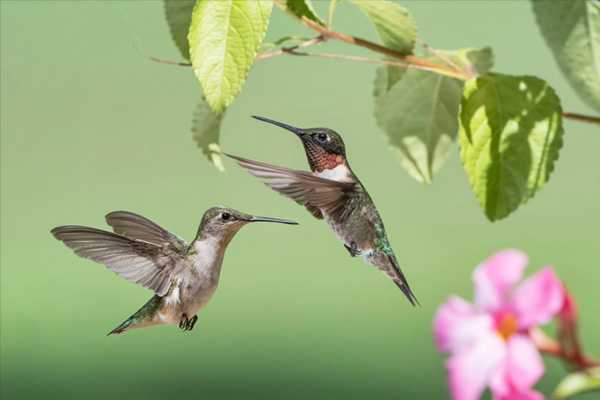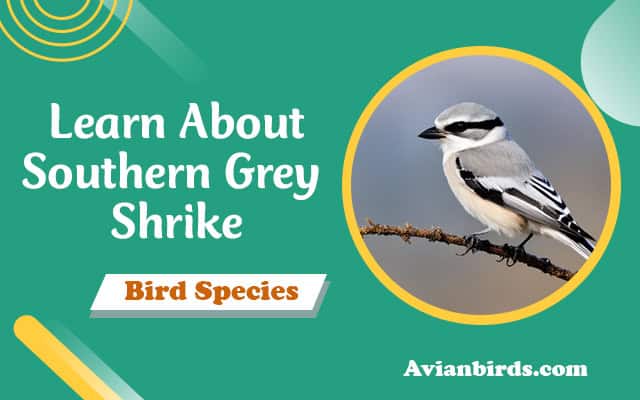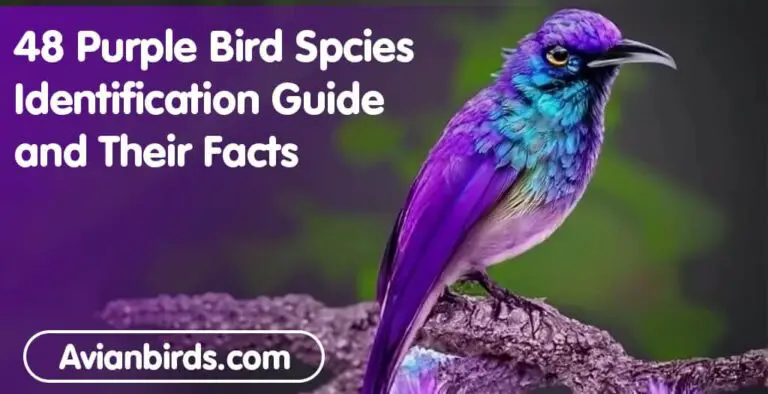Learn About The Grey Heron: A Bird’s Tale
Did you know the Grey Heron can spread its wings up to six feet wide? This fact shows how majestic and important this bird is in its habitat. The Grey Heron is a key player in many wetlands and wildlife areas across the U.S.
This article will take you through the world of the Grey Heron. You’ll learn about its unique looks, where it likes to live, what it eats, and how it breeds. Whether you love bird watching or just enjoy learning about nature, this story will deepen your respect for our ecosystems.
~Here we’ll Learn about the Grey Heron (A Bird’s Tale)~
Quick Fun Facts:
- Lifespan: Typically 5 years; up to 23 years in rare cases
- height: 1 meter (39 inches)
- wingspan: 175 centimeters (69 inches)
- weight: 1.5 kilograms (3.3 pounds)
- Family: Ardeidae
Introduction to the Grey Heron
The Grey Heron is a well-known bird in wetlands worldwide. It stands tall and looks elegant, catching the eye of bird lovers and nature fans. You can find it in Europe, Asia, Africa, and parts of North America, living in different places.
This bird loves wetlands like marshes and estuaries for feeding and making its home. You might see a Grey Heron fishing in shallow water, using its sharp eyes to find food. It shows how important it is to keep nature balanced.
Grey Herons are interesting birds that tell us about the health of their homes. Watching them can make us value nature more and understand why we need to protect wetlands.
These birds are not just interesting on their own. They also help us understand the health of their homes. Seeing them can make us appreciate nature more and see why we need to protect the wetlands they live in.
Identification of the Grey Heron
The Grey Heron is a bird that catches the eye with its beauty. It’s easy to spot them because of their unique looks and actions. Knowing how to identify them makes us appreciate them more.
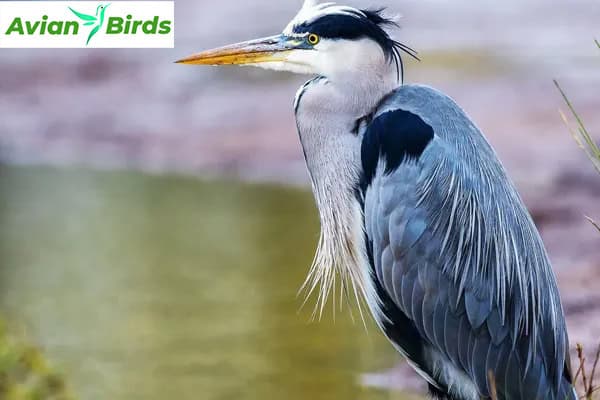
Physical Characteristics
Grey Herons are tall and slender, reaching about 4 feet high. They stand out with their long legs, big beak, and mix of gray, black, and white feathers. They have a lighter neck and a white crown with black eyebrows and a black patch on the shoulder.
When they stand up, they often stretch their necks or look a bit bent. This makes their unique shape even more noticeable.
Behavioral Traits
Watching Grey Herons is interesting. They like to be alone or with a few friends, and they’re very patient in shallow water waiting for fish. They move quietly and slowly to catch their food with great accuracy.
When they’re feeding or nesting, they might be more social and interact with other herons. Their ability to adapt and hunt well lets them live in many different wetland areas.
Habitat and Distribution
The Grey Heron lives in many wetland places, showing how well it adapts and picks its homes. You can find these birds in marshes, tidal flats, ponds, ditches, and wet fields. They play a big role in their hunting and nesting because of where they live. They often nest in tall trees, showing how social they are and how they depend on certain spots to raise their young.
Common Habitats
Learning where Grey Herons live helps us understand their role in nature. Here are the main places they call home:
- Marshes
- Tidal flats
- Ponds
- Ditches
- Wet fields
Seasonal Patterns
The Grey Heron’s migration shows how adaptable and interesting they are. Some stay in their homes all year, but others move with the seasons. Their moves change with the weather and food, affecting their migration. Here’s a table that shows their seasonal habits:
| Month | Habitat Activity | Migration Status |
|---|---|---|
| January | Commonly found in wetlands | Resident |
| April | Breeding begins in colonies | Some migration observed |
| July | Young established in nests | Resident |
| October | Preparation for winter | Possible migration |
Feeding Habits of the Grey Heron
The Grey Heron has a varied and flexible Grey Heron diet. It mainly eats smaller fish, usually 10 to 25 cm (4 to 10 inches) long. But, it can catch fish up to 500 grams (1.1 pounds) heavy. It also eats aquatic creatures like eels, showing its hunting skills in bird feeding.
Preferred Diet
The Grey Heron is great at catching food from water. It eats a wide range of things, including:
- Small fish
- Eels
- Frogs
- Crustaceans
- Insects
This variety helps the Grey Heron survive in different places and meet its energy needs.
Foraging Behavior
The Grey Heron foraging techniques show how good it is at hunting. These birds often stay still and blend in with their surroundings to surprise their prey. They can travel up to 38 km (24 miles) to find food, especially during breeding seasons.
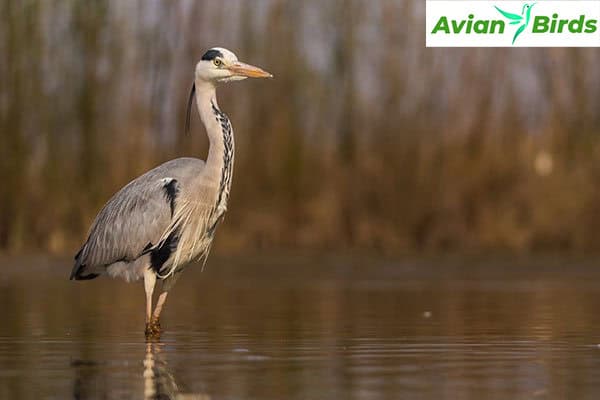
They are experts in bird hunting, using patience and accuracy to catch their food.
Breeding and Nesting
The breeding season for Grey Herons is thrilling. These birds gather in communities called nesting colonies. These colonies are key for their breeding and social life, showing us their interesting behaviors.
Breeding Colonies
Grey Herons breed in large groups, usually in tall trees near wetlands. These colonies are social spots where courtship displays happen. Males show off to attract mates with their rituals, like calling and preening. Being together helps them protect their nests from predators.
Nesting Challenges
Even with nesting colonies, Grey Herons face many challenges. Weather changes and habitat loss from human activities can hurt their nests. Conservation efforts are vital to help these birds. By learning about their breeding, we can support bird conservation and protect these amazing birds.
Wrapping Up…
The Grey Heron is more than just a bird; it’s a key part of its ecosystem. Its unique traits and behaviors show how it helps keep nature in balance. This makes it a fascinating subject for study and admiration.
Learning about the Grey Heron shows us the threats it faces in a changing world. We see why protecting these birds is crucial for the future. By saving their homes, we help not just the herons but also the ecosystems they live in.
Your interest in wildlife can lead to a bigger commitment to taking care of the environment. As you learn more about the Grey Heron, think about how your actions help conservation efforts. Every step you take can make a difference in keeping these amazing birds safe.




